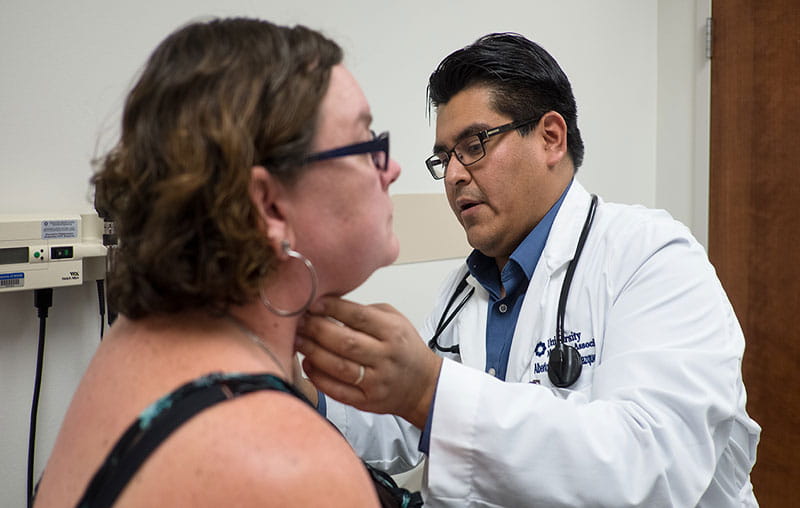If you live in South Texas, it’s a sure bet you’ve got some slithery neighbors.
We’re talking snakes — from the harmless garden variety to the venomous kind. And while there are a few venomous snakes in our region — be they rattlesnakes, copperheads, water moccasins or coral snakes — the best advice is to give them a wide berth if you see one.
“If you see a snake, stay away. Don’t get close to take a better look at it to see if it’s venomous,” said Dr. Shawn Varney, an emergency medicine physician at University Hospital and medical director of the South Texas Poison Center. “If you want to see a snake up close, go to the zoo.”
Snakes are most active — and most dangerous — between April and October when the weather is warm. That includes the summer months when people are most likely to be outdoors.
“The cooler weather drives snakes to where they can hibernate a bit. But since we have unseasonably warm weather sometimes in Texas, snakebites occur year-round. They’re just not as common in cooler months,” Dr. Varney said.
“If you think about how snakes eat their prey, you can begin to understand why their venom can be so harmful,” Dr. Varney said. “Since snakes don’t have a mouthful of teeth to chew their food, they swallow mice and other prey whole.”
“The tissue destruction, the swelling, bleeding, pain and redness you see from a snakebite — that’s from the venom. There are so many enzymes in snake venom and their whole purpose is to dissolve tissue.”
The venom causes problems in other ways. It can act as a blood thinner, preventing blood from clotting. And as it circulates in the bloodstream it can cause nausea, vomiting and other nasty symptoms. Some types of venom contain a neurotoxin that can interfere with breathing if it reaches the diaphragm — the muscles that control breathing.
“The most important thing to do if you get bitten by a snake is to be calm,” Dr. Varney said. “You can call 9-1-1 or have someone drive you to the hospital. The one thing you do not want to do is build up your bravado and go chase the snake.”
If you're in doubt about a snakebite or have questions, you can also call the South Texas Poison Center at 800-222-1222 at any hour, seven days a week.
You might want to try to immobilize an arm or leg with a splint or sling if possible if you’re bitten there, to keep the movement from speeding up the circulation of the venom, Dr. Varney advises. Don’t use a tourniquet — and definitely don’t try to suck out the venom like in the movies. Get to an emergency department as soon as possible to receive antivenom, which counteracts the effects of the venom.
While snakebites are rarely deadly, they can cause persistent swelling, he added.
Prevention, Dr. Varney said, is a lot more effective than treatment. “If you’re out hiking, don’t bother the snakes. If you’re working in your yard, watch where you put your hands and feet. Before you reach into a pile of brush or pull weeds, take something like a rake handle or a long stick and poke in there first.”
In a fast-growing city like San Antonio, construction has chased snakes out of their natural habitat and closer to people, making unplanned — and unpleasant — encounters a lot more likely.




